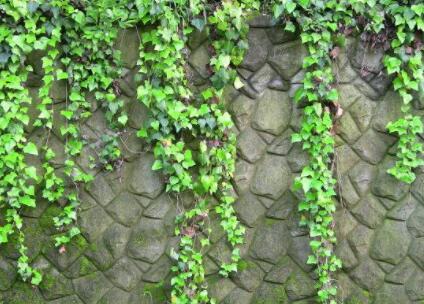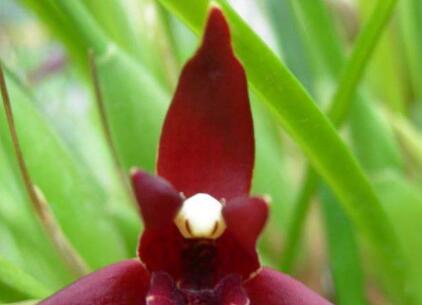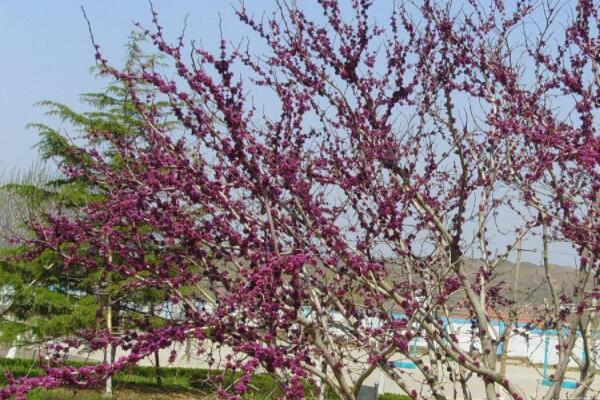Key points and methods of Ivy Culture
Ivy is a common indoor potted plant, which can effectively remove formaldehyde and benzene, and can effectively decompose two harmful substances, namely, formaldehyde in carpets, insulation, plywood and xylene hidden in wallpaper, which is harmful to the kidney. it has a good effect of absorbing formaldehyde and purifying air. So, how to raise ivy? The following is an introduction to some key points and methods of ivy culture:

First, the temperature should be suitable: ivy likes warmth, and the suitable temperature for growth is 20 ℃-25 ℃. It is afraid of heat and is not resistant to cold. Therefore, when placed in indoor maintenance, attention should be paid to ventilation and cooling in summer, and the room temperature should be kept above 10 ℃ in winter, and the lowest should not be less than 5 ℃.
Second, the light should be moderate: ivy likes light and is more shade-tolerant. Under semi-light conditions, the Internode is shorter, the leaf shape is consistent, and the leaf color is bright, so it is appropriate to culture in a bright indoor light. If you can put outdoor shade for a period of time in spring and autumn, so that you can see more sunshine in the morning and evening, then the vitality will be exuberant and the leaves will be green. However, we should pay attention to prevent the direct light, otherwise it is easy to cause sunburn.
Third, watering should be moderate: watering in the growing season should be dry and wet, and the basin soil should not be too wet, otherwise it is easy to cause rotten roots and fallen leaves. The room temperature is low in winter, especially to control watering and keep the basin soil slightly wet. The northern winter climate is dry, it is best to spray Duchuan once a week with water close to room temperature, in order to maintain air humidity, the plant appears alive, the leaf color is green and shiny.
Fourth, fertilization should be reasonable: Ivy should be cultivated in the family, and the basin soil should be mixed with Sichuan rotten leaves or charcoal soil plus 1 to 4 river sand and a small amount of bone powder, and thin pancake fertilizer and water should be applied once in 2-3 weeks in the growing season. Do not apply fertilizer in summer and winter. Do not apply nitrogen fertilizer when fertilizing, otherwise, the patterns and patches on the leaves of mosaic varieties will fade to green. The ratio of nitrogen, phosphorus and potassium should be 1% and 1%. During the peak growing season, the leaves are sprayed with 0.2% potassium dihydrogen phosphate 1-2 times, which will make the leaves look more beautiful. However, attention should be paid to avoid contaminating the leaves when applying liquid fertilizer, so as not to cause the leaves to scorch.
Note: in the process of ivy culture, paying attention to some details can help ivy grow more luxuriantly. Although the cultivation and management of ivy is simple and extensive, it also needs to be cultivated in a well-ventilated, moist soil environment, and it is best to transplant it in early autumn or late spring. After colonization, ivy needs to be pruned to promote its branches. In winter, it is necessary to keep ivy warm and keep the air humid, but the basin soil should not be too wet. at the same time, it is also necessary to control ivy diseases and insect pests and strengthen nutrition management.
Ivy likes a warm and humid environment, is afraid of heat and is not resistant to cold, so it needs special attention in the process of maintenance. The above introduces the breeding points and culture methods of ivy, hoping to help you!
Time: 2019-03-19 Click:
- Prev

How to breed axillary orchids? What should I pay attention to?
How do you grow your tongue? 1. Living habits of axillary lip orchid axillary lip orchid likes heat, likes to survive in high temperature and high humidity environment, most likes sunny days with sun, and can even receive a whole day of light in spring, autumn and winter, but needs to avoid noon and scorching light in summer
- Next

What does the legume bauhinia tree look like? How much is the seedling price? When will it blossom? What are the functions? Attached
Bauhinia, also known as red, bare branch tree, purple pearl, Leguminosae, Bauhinia genus, deciduous trees or shrubs, originated in China, has high medicinal and ornamental value. What does the bauhinia tree look like? How much is the seedling price? When will it blossom? What are the functions? What are the breeding methods?
Related
- Fuxing push coffee new agricultural production and marketing class: lack of small-scale processing plants
- Jujube rice field leisure farm deep ploughing Yilan for five years to create a space for organic food and play
- Nongyu Farm-A trial of organic papaya for brave women with advanced technology
- Four points for attention in the prevention and control of diseases and insect pests of edible fungi
- How to add nutrient solution to Edible Fungi
- Is there any good way to control edible fungus mites?
- Open Inoculation Technology of Edible Fungi
- Is there any clever way to use fertilizer for edible fungus in winter?
- What agents are used to kill the pathogens of edible fungi in the mushroom shed?
- Rapid drying of Edible Fungi

